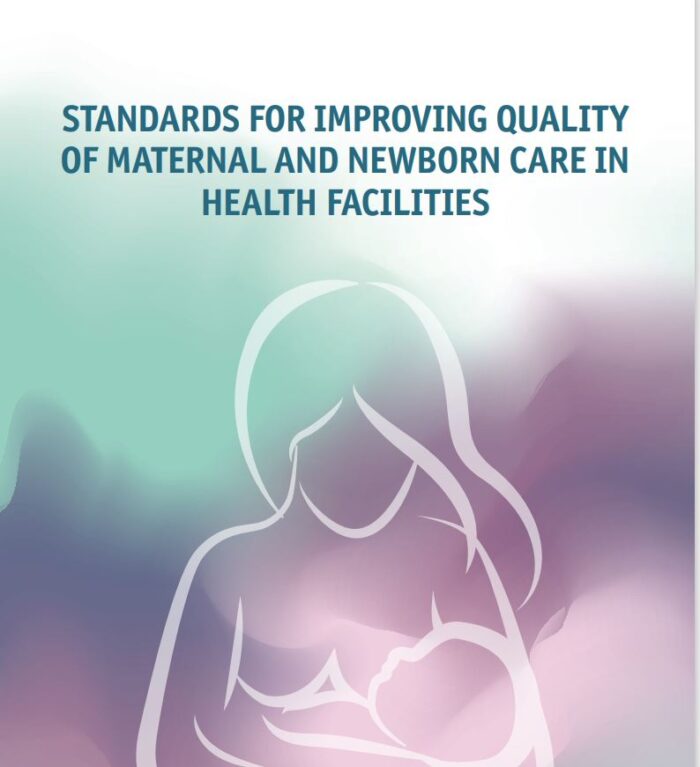
Much progress has been made during the past two decades in coverage of births in health facilities; however, reductions in maternal and neonatal mortality remain slow. With increasing numbers of births in health facilities, attention has shifted to the quality of care, as poor quality of care contributes to morbidity and mortality.
The period around childbirth is the most critical for saving the maximum number of maternal and newborn lives and preventing stillbirths. WHO sees a future in which “Every pregnant woman and newborn receives high-quality care throughout pregnancy, childbirth and the postnatal period”. To realize this vision, WHO has defined “quality of care” and has prepared a framework for improving the quality of care for mothers and newborns around the time of childbirth.
The framework contains eight domains of quality of care that should be assessed, improved and monitored within the health system. The health system provides the structure for access to high-quality care in the two important, inter-linked dimensions of provision and experience of care. Within this framework and in line with the Organization’s mandate, WHO will work towards realization of its vision in six strategic areas, which will be the basis for a systematic, evidence-based approach to providing guidance for improving the quality of maternal and newborn care.
The six areas are: clinical guidelines, standards of care, effective interventions, measures of quality of care, relevant research and capacity-building Standards of care and measures of quality were prioritized because there is currently no substantive guidance, although it is the key to ensuring the quality of care. Standards explicitly define what is required in order to achieve high-quality care around the time of childbirth. In the first phase, a rigorous approach was used to identify existing resources, conduct an extensive literature search and map the standards of care of various organizations in order to define and determine their structure. It was proposed that broad standards be set, underpinned by specific quality statements and a number of input, output or process and outcome measures. Eight standards were formulated, one for each of the eight domains of the quality of care framework. To ensure that the standards are specific and focused, 2–13 quality statements were formulated for each standard to drive measurable improvements in the quality of care around childbirth.
